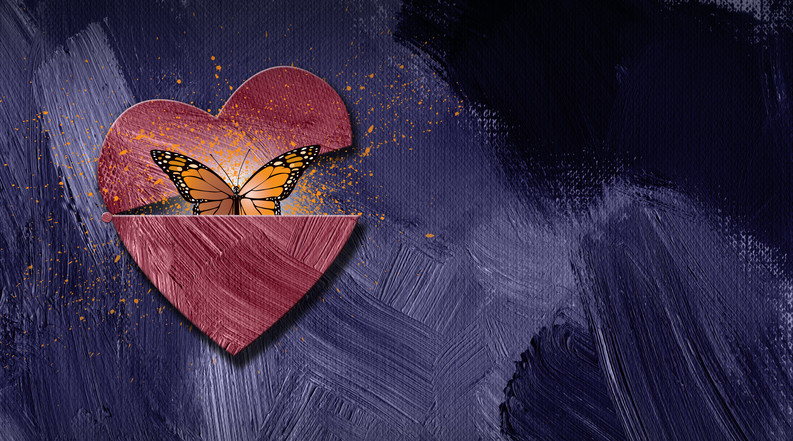When the doctor becomes the patient: A transformative experience

I grew up in India with my loving family, living in a 1,000-square-foot room. I was fearless and often experienced the bumps and bruises of an active boyhood. I always got up, dusted myself off, and walked again. I learned resilience and was a happy child.
Throughout my work as a physician, the importance of resilience has resonated. I lead research on the effects of consciousness, meditation, yoga, and spirituality on health. Little did I know my understanding of these issues was going to hit close to home.
Becoming a patient: A transformative day
It was an ordinary day. After long hours at work, I went home to enjoy dinner with my family. I did my daily exercise on the treadmill and relaxed, watching television with my son.
Suddenly, I experienced crushing pain. At first I didn't want to take it seriously, but this pain was too much to bear and I fell on my knees. My wife quickly called 911, thinking it was a food allergy. When the EMTs arrived, I asked them to take me to the hospital where I work. There wasn't time for that, they told me.
Those were the last words I heard.
Mindful awareness: Pain, but no suffering
I woke next to the squeaking sound of the bed wheels. I heard my best friend screaming, "I am here!" I felt a severe pain on my left shin. At that moment, I was simply aware of what was happening. The "watching myself" began. Was this a spiritual self-awareness, or the meta-awareness described by neuroscientists?
For the next few hours in the ICU, I had the range of disconcerting symptoms that accompanies a severe heart attack — the type of heart attack that only 5% of people survive. Yet it was like I was watching myself in a movie. While I was aware of profound discomforts that should have been terrifying, I felt no suffering. This experience stands out to me even today.
During my heart attack, I experienced a distance between myself, my body, and my mind. I was the witness of the event, not its victim. I believe that this is the result of a regular yoga and meditation practice that transformed my life forever. The type of yoga I practice emphasizes this distance between mind and body, but such benefits are not unique to any single type of yoga or method of meditation. My personal preference is Sadhguru yoga — you can try a simple Sadhguru meditation exercise here.
Bringing intention to illness
My experience is a powerful reminder that aligning spirituality with health not only can help you stay well, but can help you weather "dis-ease" with more intention.
Facing our own mortality can shake us into acknowledging that our time on this earth is indeed short. It serves up a strong reminder to prioritize the things that matter the most in your life. Before the heart attack, my life was driven primarily through intellectual knowledge. But now, I experientially know that there is much more to life than what my intellect perceives. I ask myself: Have I lived my life to the fullest? What impact have I had on the people around me, the city I live in, and the planet I walk on?
We have no control over what life throws at us. But we have a lot of say over what happens within us. I am grateful to the unbroken chain of resuscitation, science, and, I believe, my spiritual practices. As the new year begins, I'd encourage you to consider making spirituality — however you define it — a part of your health goals.
About the Author

Balachundhar Subramaniam , MD, MPH, FASA, Contributor
Disclaimer:
As a service to our readers, Harvard Health Publishing provides access to our library of archived content. Please note the date of last review or update on all articles.
No content on this site, regardless of date, should ever be used as a substitute for direct medical advice from your doctor or other qualified clinician.















